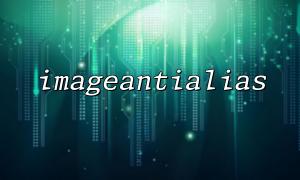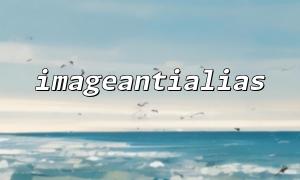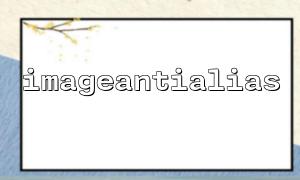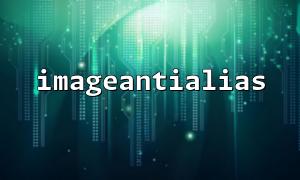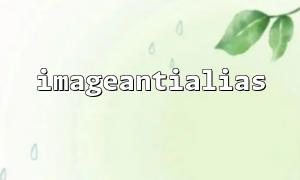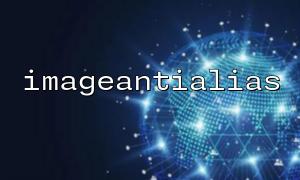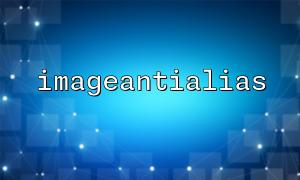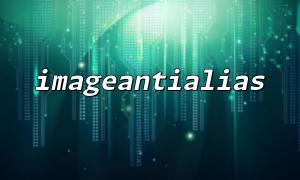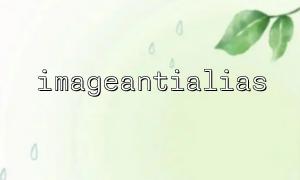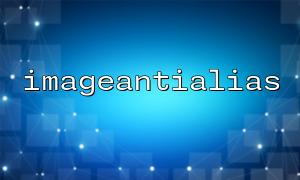When using PHP's GD library for image processing, the imageantialias() function is often used to turn on or off anti-aliasing to make the drawn lines smoother. Many developers will wonder whether this function needs to be called again every time an image is drawn? Or are there best practices to avoid duplicate calls to improve performance?
The imageantialias() function acts on GD image resources and enables anti-aliasing. When you call:
imageantialias($image, true);
It sets the anti-aliasing flag of the image resource to ON, and then all drawing operations based on the resource will try to use anti-aliasing technology.
The answer is no. imageantialias() is a property setting for an image resource. Once antialias is enabled for the resource, the setting will be applied to the subsequent drawing of this image resource until the resource is destroyed or you explicitly turn it off ( imageantialias($image, false) ).
This means:
In the same image resource, you only need to call imageantialias() once.
Don't have to call it before each drawing.
For example:
<?php
$image = imagecreatetruecolor(200, 200);
imageantialias($image, true); // Turn on anti-aliasing
// Draw lines multiple times
imageline($image, 10, 10, 190, 10, imagecolorallocate($image, 255, 0, 0));
imageline($image, 10, 20, 190, 20, imagecolorallocate($image, 0, 255, 0));
// No need to repeat calls imageantialias()
header("Content-Type: image/png");
imagepng($image);
imagedestroy($image);
?>
From a performance perspective, the overhead of the call to imageantialias() itself is extremely small, but repeated calls are unnecessary to bring some weak performance waste, especially in complex drawing loops or batch-generating images.
Best Practices:
After initializing the image resource, imageantialias($image, true);
Subsequent drawing operations are based on the same setting, and no repeated calls are required
If there are multiple independent images, the respective anti-aliasing states can be initialized separately
Avoid calling inside a loop or before drawing each line to reduce the number of function calls
In summary, imageantialias() is a function to set the state of the image resource. After enabled, anti-aliasing is applied to the entire image. No need to call each draw, avoiding repeated calls can slightly improve performance and code clarity.

